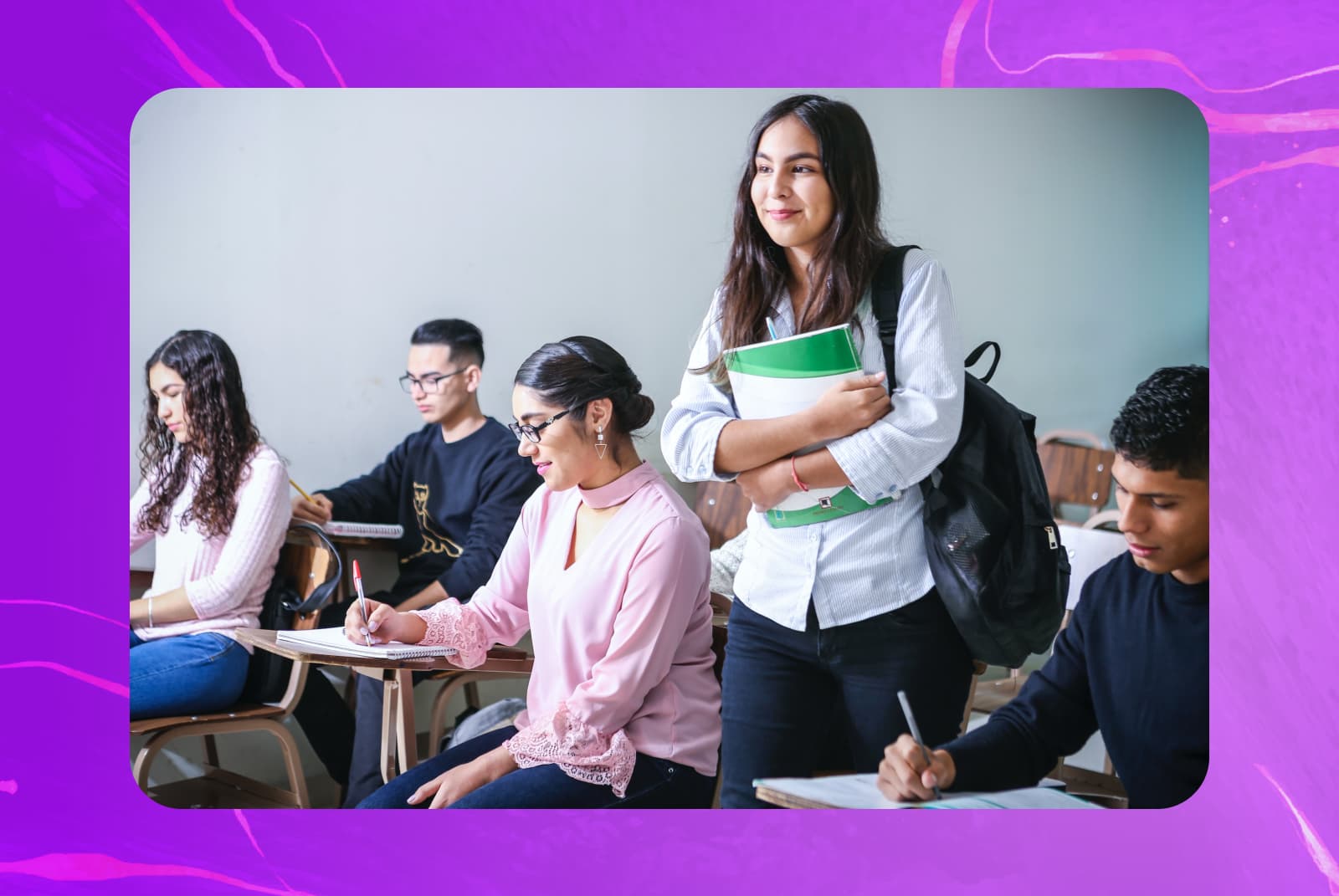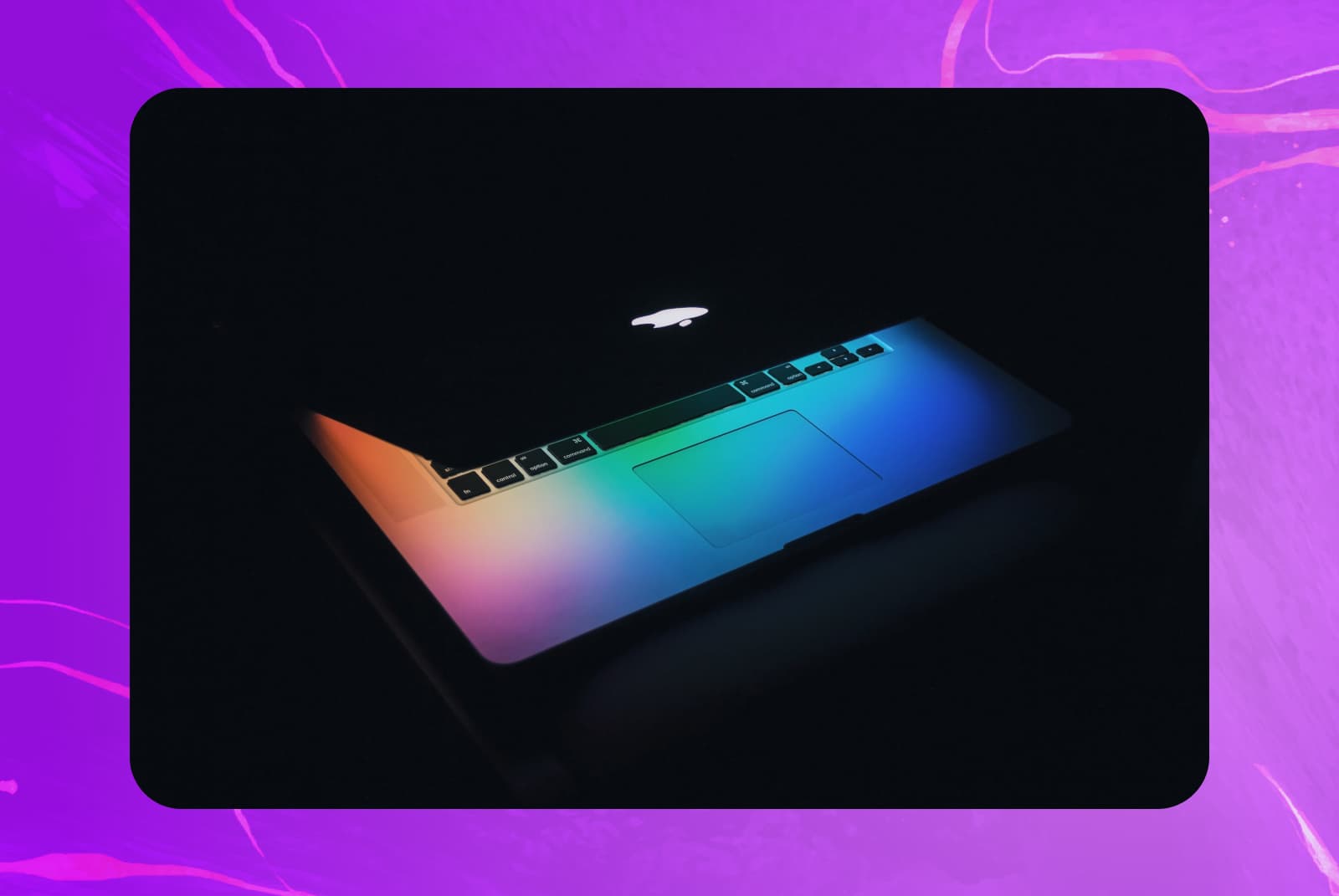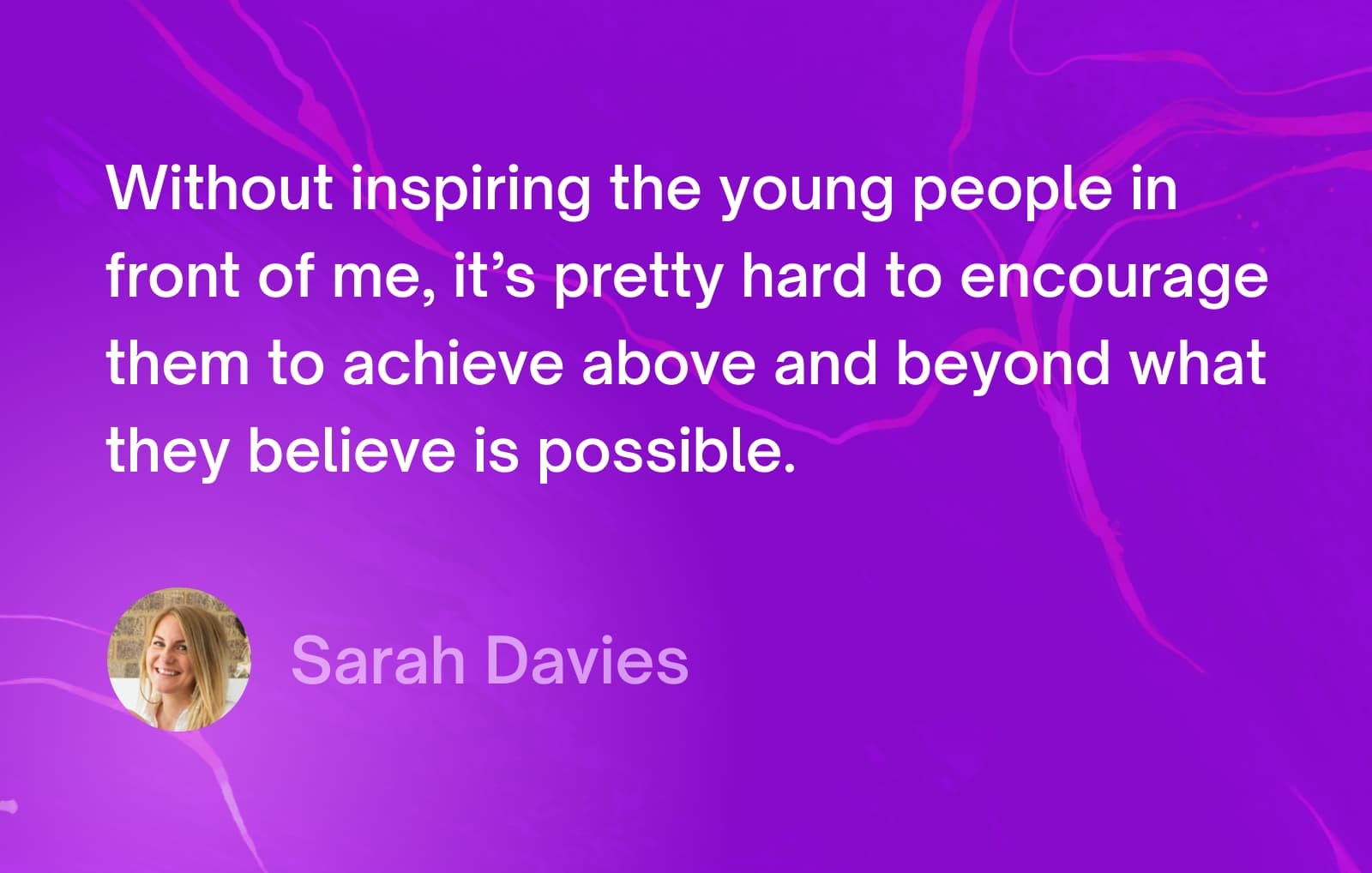Personalized Learning: How to tailor your approach to each student’s unique need

As an educator, you're no stranger to each student's unique learning style, interests, strengths, and pace. Consequently, adapting your teaching technique is critical in helping students reach their maximum potential. Personalized learning plays a significant role in this regard, as it has been proven to address the needs of each learner effectively.
A study by the RAND Corporation indicated that students who received personalized learning outperformed their peers who did not. Additionally, a Bill and Melinda Gates Foundation survey revealed that many educators believed personalized learning positively impacted student outcomes.
We conducted an expert interview with Sarah Davies, founder of successful direction tutoring, who shared valuable insights on developing a personalized approach for each student. Sarah is an experienced English teacher with over nine years of experience. She is committed to assisting young individuals in achieving their goals and realizing their full potential, particularly in obtaining excellent grades. Personalized learning is one of Sarah's most effective teaching methods, and she works closely with her students to customize each lesson according to their specific requirements.
1. Know your students

To kick off personalized learning, you have to know your students. Identifying how each student processes information and their preferred learning style is essential. Some students may be visual learners, while others prefer auditory or kinesthetic learning.
Visual learners learn best through pictures, diagrams, and videos. Auditory learners learn best through hearing and listening. Kinesthetic learners absorb information best through hands-on experiences.
For your visual learners, you can whip out pictures, diagrams, and videos to explain concepts. Encourage them to create visual aids like mind maps or charts to help them retain information.
For those who like to listen (auditory learners), get your storytelling hat on and encourage discussions. Point them toward podcasts or audio recordings about the topic at hand.
Kinesthetic learners love activities, so incorporate hands-on activities and movement into your lessons. Encourage them to create physical models or perform experiments to reinforce concepts.
If you need clarification on what style fits best, you can survey or have one-on-one conversations with your students to understand their learning styles, interests, and strengths. This will help you design the curriculum and lessons accordingly.
2. Flexible teaching and pacing are key

One way to make personalized learning work is to be flexible. Blending your teaching style to suit each student's learning style is always great, especially if you’re holding group sessions. With this approach, you can cater to visual, auditory, or kinesthetic learners all in the same class.
Let’s say you're teaching a history class; try starting with a video, followed by a lively group discussion or debate. Then, take things up a notch with a hands-on activity like making a timeline or crafting a historical artifact. This kind of flexibility ensures everyone is learning in their style!
And don't forget the importance of flexible pacing. Allowing students to learn at their own speed helps them understand difficult concepts better and breeze through topics they already understand.
3. Recognize and build on strengths and weaknesses

Recognizing and building on your student's strengths and weaknesses is a no-brainer when tailoring your approach. Don't worry; you're not expected to be a superhero and magically improve every area for each student. But by identifying those strengths and weaknesses, you can adjust your teaching style to focus on building and improving their weaknesses.
Here are some practical tips to get you started:
Strengths: Give them room to shine by letting them pursue their interests and talents. Encourage leadership roles in projects or assignments that allow them to flex those skills.
Weaknesses: Offer extra help and support in areas they're struggling with. Break complex concepts into manageable chunks, and provide one-on-one tutoring or extra practice opportunities to help them improve.
4. Encourage student-led learning

Have you ever considered letting your students take charge of their learning experience? It takes some courage, but the rewards are substantial! You can foster independence, critical thinking, and problem-solving skills by incorporating their interests into your lessons. When students are engaged, they are more likely to retain information in real-world situations. You can provide resources and guidance and let them take the lead.
Here are some practical examples:
Use real-world examples that match their interests - Do you have a sports enthusiast? How about providing math concepts with fascinating statistics from their favorite teams?
Encourage your students to choose research or project topics that resonate with them. If you have a music lover, allow them to delve into the world of music and compose an astounding melody as part of a final project.
If you teach a language, recommend apps, movies, podcasts, and books to your students. You can encourage them to choose the resources that appeal to them and set their learning pace while assigning projects that allow them to apply their language skills in real-life situations.
5. Use technology

We live in times when technology can turn the average learning experience into something uniquely tailored to every student. With technology tools at your fingertips, students can broaden their learning horizons and take charge of their education. The possibilities are endless, from accessing vast learning resources to letting students adjust their pace.
In fact, educational software and apps offer interactive learning experiences, so engaging students will be itching to learn more. Collaborative learning opportunities also abound with the use of tech in the classroom.
For instance, a learning management system could work wonders for sharing resources, assigning tasks, and providing feedback. Gaming educational apps are also available to gamify the learning experience and turn it into a fun-filled experience. Additionally, you can use video conferencing tools to facilitate virtual group discussions and collaboration.
Final thoughts

Without inspiring the young people in front of me, it’s pretty hard to encourage them to achieve above and beyond what they believe is possible. As soon as students are engaged, they can apply their true talents, which always leads to success! And always remember to Inspire and succeed, Learn and grow, Challenge and achieve.
Thank you so much, Sarah, for supporting Workee!
Connect and learn more about Sarah on her website.


